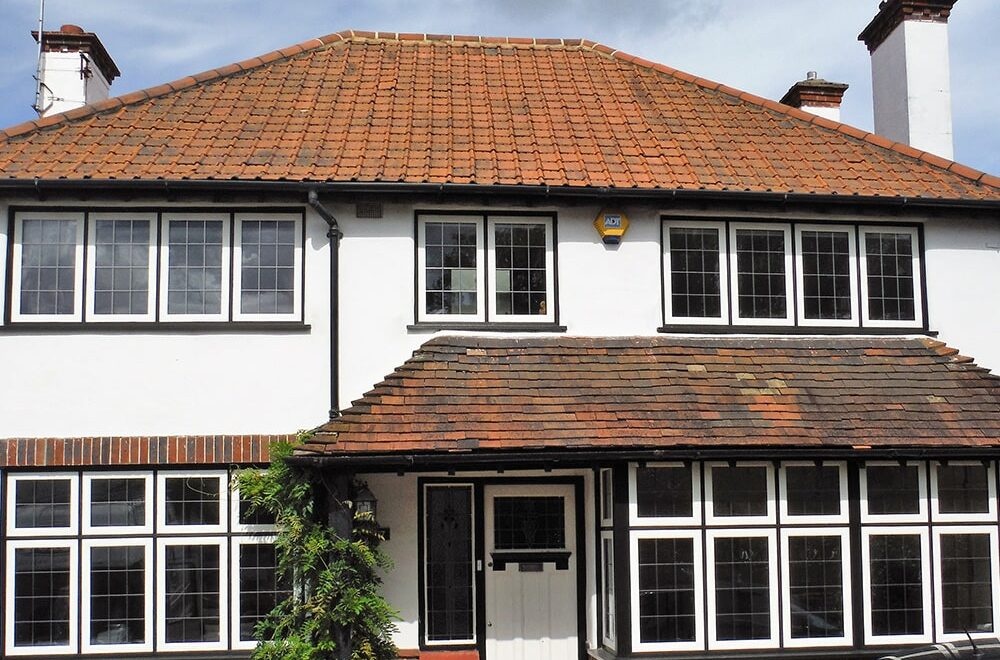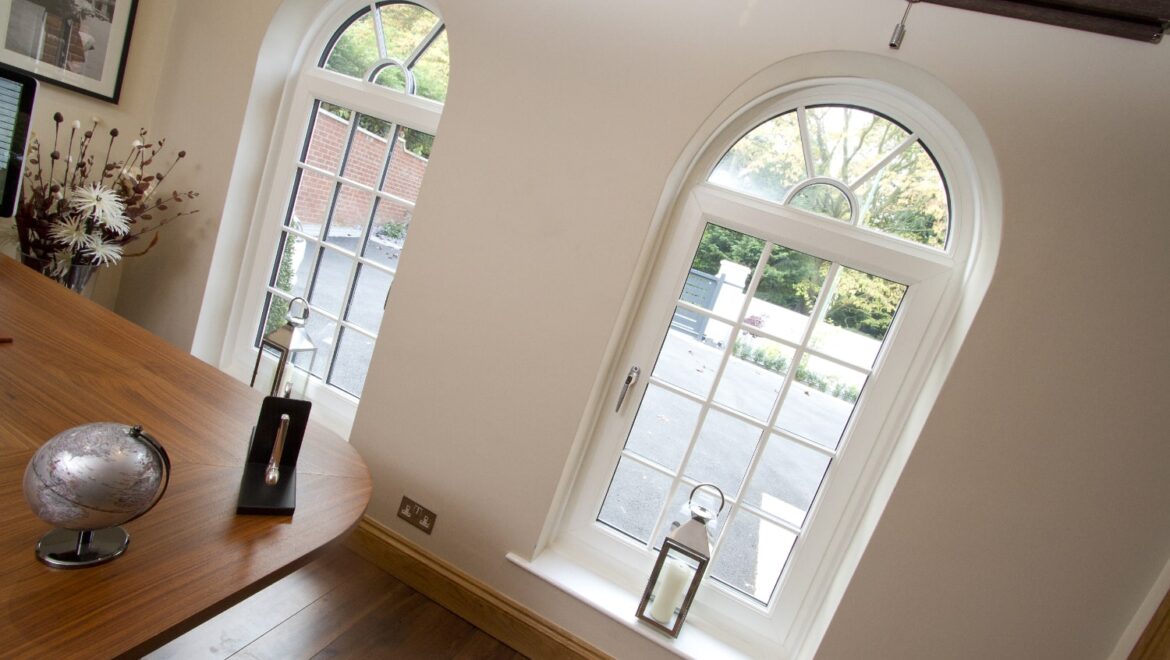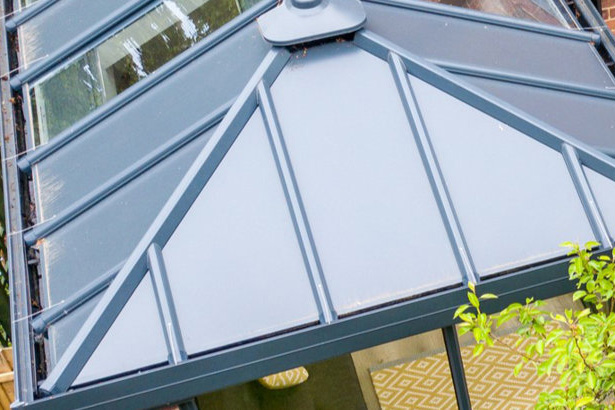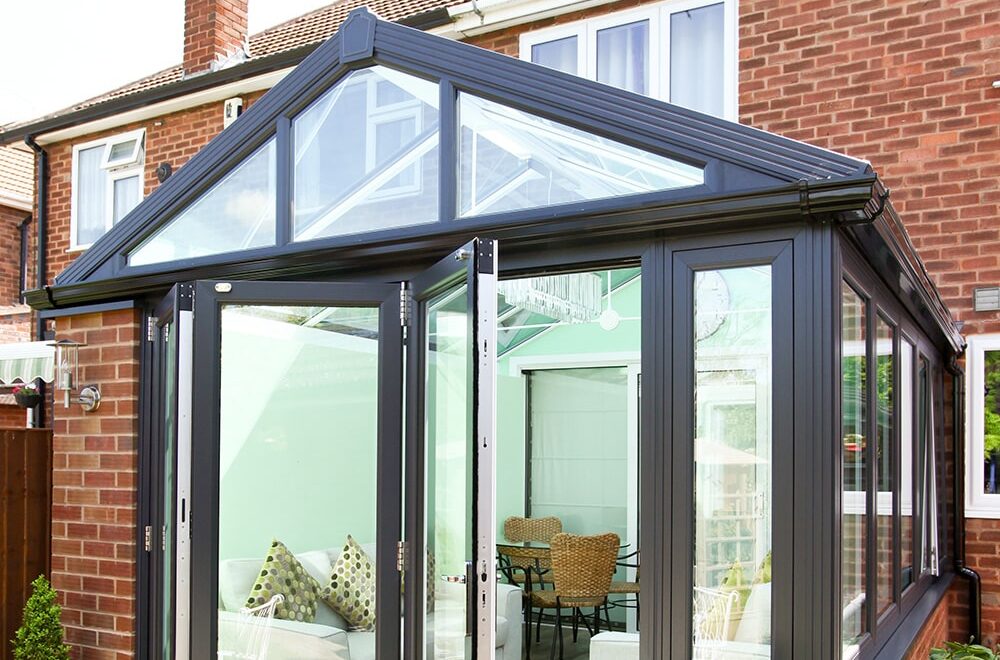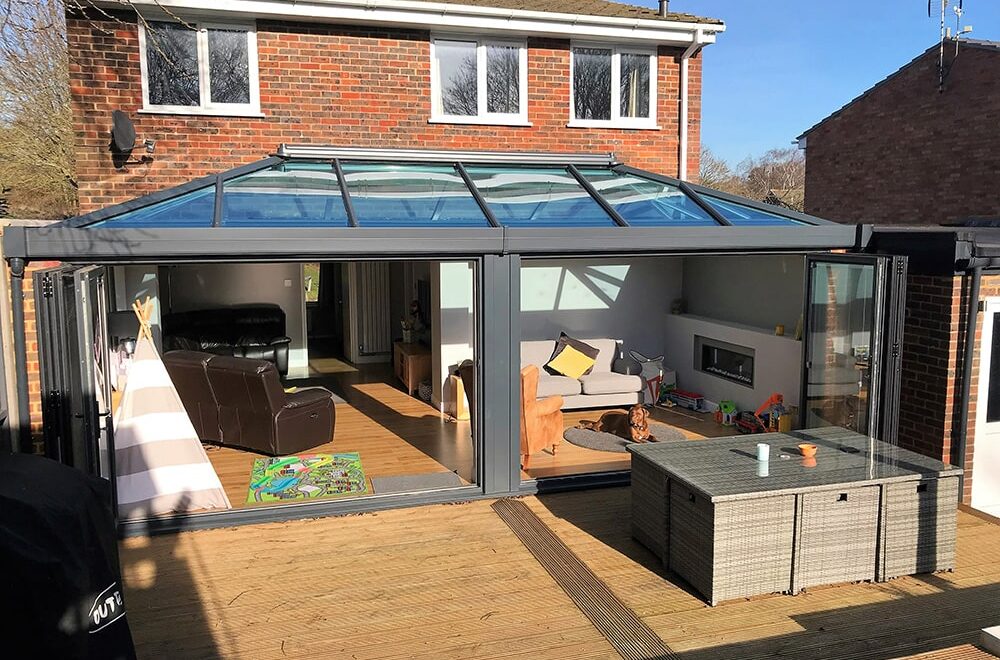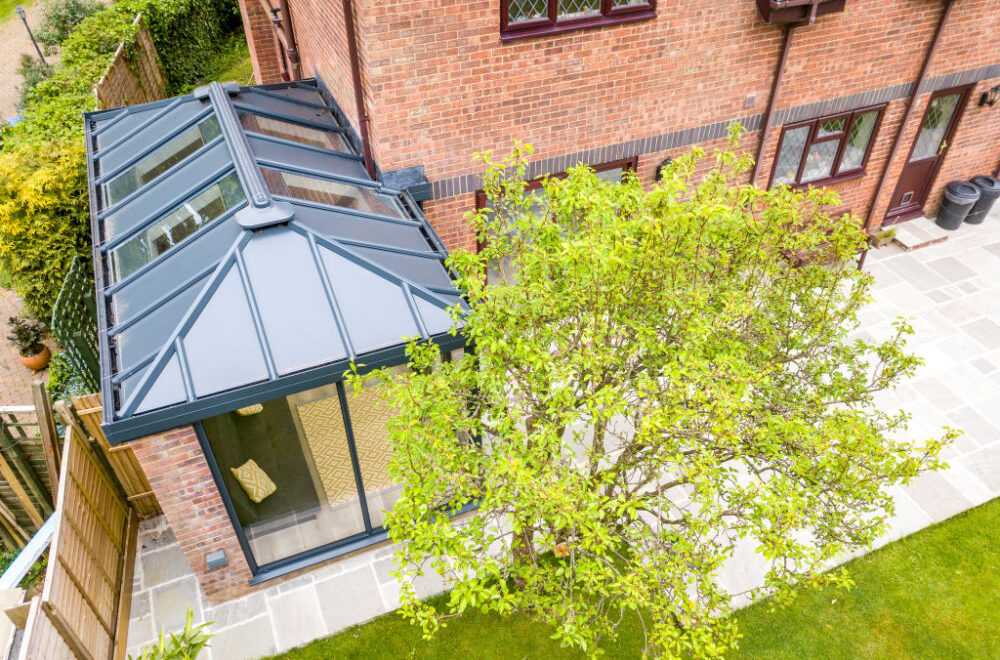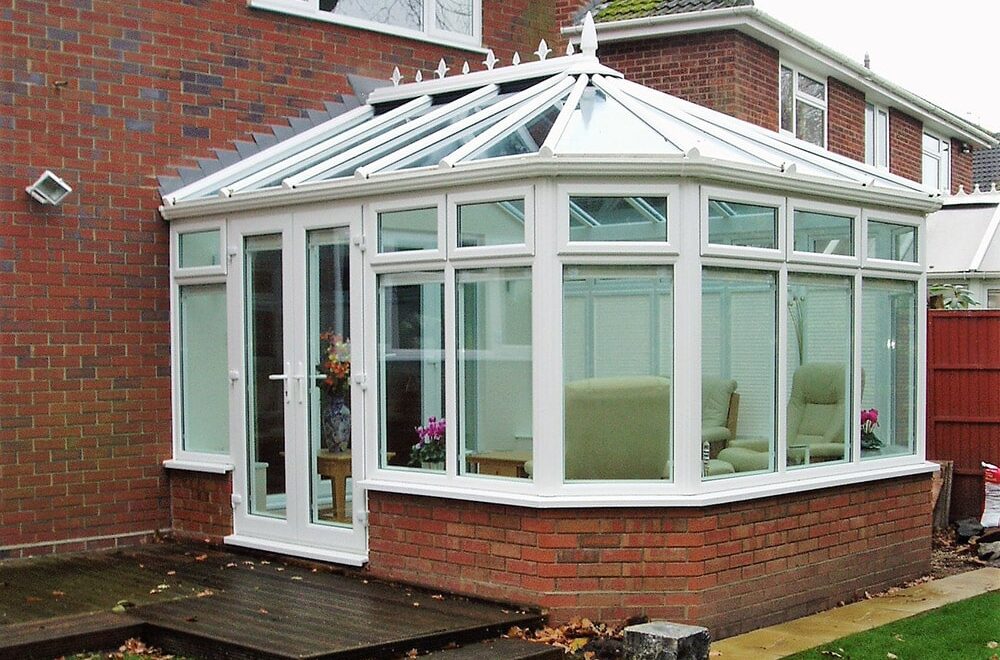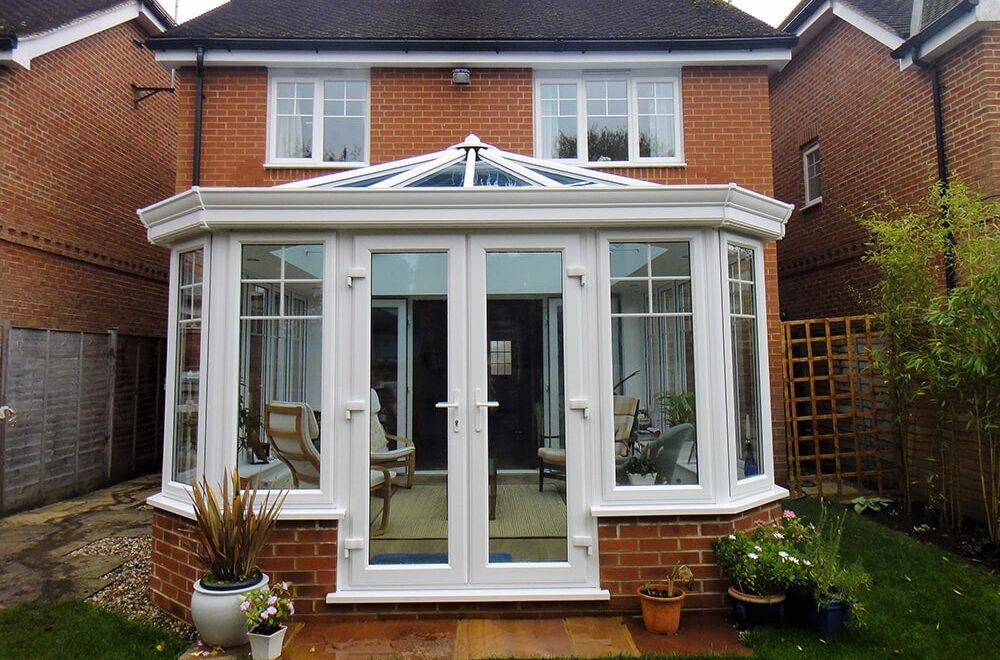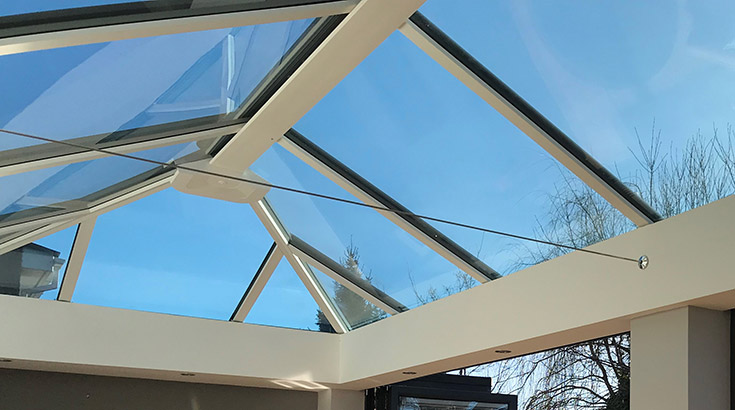Why Revival Windows Are Ideal for Traditional-Style Homes
Traditional-style homes—whether Victorian, Georgian, Edwardian or cottage-inspired—have a unique charm that many homeowners want to preserve. The character of these properties is often defined by their windows, which play a crucial role in maintaining architectural authenticity. However, original timber windows can be inefficient, draughty and difficult to maintain. That’s where Revival windows come in.
Revival windows are specially designed to replicate the beauty and detail of period timber frames while delivering all the benefits of modern materials. They capture the heritage look homeowners love, without compromising on performance, security or longevity. For those renovating a character property or enhancing a traditional-style home, Revival windows offer an exceptional blend of craftsmanship, efficiency and practicality.
Authentic Period Detailing That Respects Heritage Design
What sets Revival windows apart is their commitment to recreating the intricate details of 19th-century timber window design. These features help maintain a home’s traditional appearance while offering a modern upgrade that blends seamlessly with period architecture.
Authentic design elements include:
- Deep sculptured profiles that mimic classic wooden frames
- Traditional sash proportions and detailing
- Flush external finishes for an elegant, heritage look
- Period-accurate mechanical joints
- Optional Georgian bars and astragal bar designs
These details make Revival windows virtually indistinguishable from timber when viewed from a distance, helping homeowners maintain the authenticity of their property.
Modern Energy Efficiency Hidden Within Classic Styling
While Revival windows perfectly capture the look of original timber, their thermal performance far surpasses what traditional windows can offer. Built with modern technology, they help keep your home warm, comfortable and energy efficient.
Energy efficiency benefits include:
- Advanced double glazing
- Multi-chambered frames that retain heat
- Effective sealing systems to prevent draughts
- Reduced heat loss and lower energy bills
- Enhanced comfort throughout the year
This combination of heritage style and modern performance is ideal for older homes that struggle with cold spots or high heating costs.
Low Maintenance Without Sacrificing Appearance
One of the biggest challenges of traditional timber windows is the ongoing maintenance they require. Timber frames must be painted, sealed and repaired regularly—something many homeowners simply don’t have the time for. Revival windows solve this problem by offering the same heritage appearance in a durable, low-maintenance material.
Homeowners enjoy:
- No painting or varnishing
- Long-lasting colour stability
- Resistance to warping, swelling or rotting
- Easy cleaning with simple household products
- A pristine appearance with minimal upkeep
This makes Revival windows a practical choice for busy households who want style and convenience.
Superior Security with Modern Locking Systems
Security is a major concern for all homeowners, especially older properties with outdated window systems. Revival windows provide peace of mind by integrating modern security features into their heritage-inspired design.
Security features typically include:
- Multi-point locking systems
- Reinforced internal structures
- Toughened or laminated glazing options
- Secure internal beading to prevent glass removal
- Robust hardware designed for long-term reliability
This ensures that your home remains safe without compromising on the authentic appearance of your windows.
Durable, Weather-Resistant Materials for Long-Term Performance
Traditional timber windows often suffer from the effects of the British weather, from moisture damage to fading and warping. Revival windows are crafted from modern, hard-wearing materials designed to withstand the elements.
Durability benefits include:
- Excellent resistance to rain, wind and UV exposure
- Long lifespan compared to timber
- Stable frames that do not expand or contract dramatically
- Consistent performance through seasonal changes
This durability makes Revival windows a smart investment for homeowners who want both heritage looks and long-lasting value.
Perfect for Conservation Areas and Heritage Renovations
In many conservation areas, homeowners are required to maintain the architectural integrity of their property. Revival windows offer the perfect balance of compliance and performance, often meeting the strict visual requirements of heritage authorities.
Advantages for conservation properties include:
- Authentic replication of timber window styles
- The ability to meet planning requirements
- Modern glazing that doesn’t detract from traditional design
- Enhanced insulation while preserving original charm
- Reduced maintenance for long-term practicality
This makes Revival windows an ideal choice for homeowners renovating older properties or restoring character homes.
Versatile Design Options to Match Any Traditional Aesthetic
Revival windows can be customised to suit a wide range of period styles, whether your home has Georgian symmetry, Victorian details or rustic cottage charm. This flexibility ensures you can maintain your home’s personality while enjoying modern comfort.
Custom options include:
- A wide range of colours, including woodgrain foils
- Georgian bar patterns
- Decorative glazing styles
- Traditional ironmongery or modern hardware
- Variable sash and frame configurations
This level of customisation helps create a cohesive and authentic appearance throughout your property.
Improving Natural Light and Enhancing Interior Design
Revival windows not only enhance the outside of your home—they also have a positive impact on your interior spaces. With larger glazing areas and slim, elegant profiles, they help brighten rooms and create a more inviting atmosphere.
Interior benefits include:
- More natural light throughout the day
- A brighter, more spacious feeling in key rooms
- Elegant sightlines that complement interior décor
- Improved ventilation with well-designed opening options
- A perfect balance of beauty and functionality
These features make Revival windows ideal for homeowners who value both heritage style and modern living comfort.
Expert Installation Ensures a Perfect Heritage Finish
To achieve the authentic look Revival windows are designed for, professional installation is essential. RandM Windows provides detailed surveys and expert fitting carried out by experienced, MTC-compliant installers who take pride in delivering precise, high-quality workmanship.
Professional installation ensures:
- A perfect fit for optimal performance
- Smooth, reliable window operation
- Maximum energy efficiency
- Secure locking and structural integrity
- A flawless finish that respects your home’s architecture
With decades of experience working in Bracknell and surrounding areas, RandM Windows ensures that every Revival window installation enhances your home both aesthetically and practically.
Revival Windows: The Ideal Blend of Tradition and Technology
Revival windows offer the perfect solution for homeowners who want to preserve the charm of a traditional property while upgrading to modern comfort, security and energy efficiency. They capture the best of both worlds—heritage character and contemporary performance.
If you’re considering Revival windows for your home, RandM Windows can provide expert advice and a free, detailed quotation tailored to your property.

